
| Inductive Learning | Analytical Learning | |
| Goal | Hypothesis fits data | Hypothesis fits domain theory |
| Justification | Statistical inference | Deductive Inference |
| Advantages | Requires little prior knowledge | Learns from scarce data |
| Pitfalls | Scarce data, incorrect bias | Imperfect domain theory |
temperature, not insurance),
then refine using data.Cup ← Stable, Liftable, OpenVessel
Stable ← BottomIsFlat
Liftable ← Graspable, Light
Graspable ← HasHandle
OpenVessel ← HasConcavity, ConcavityPointsUp
| Cup | Non-Cups | |||||||||
| BottomIsFlat | X | X | X | X | X | X | X | X | ||
| ConcavityPointsUp | X | X | X | X | X | X | X | |||
| Expensive | X | X | X | X | ||||||
| Fragile | X | X | X | X | X | X | ||||
| HandleOnTop | X | X | ||||||||
| HandleOnSide | X | X | X | |||||||
| HasConcavity | X | X | X | X | X | X | X | X | X | |
| HasHandle | X | X | X | X | X | |||||
| Light | X | X | X | X | X | X | X | X | ||
| MadeOfCeramic | X | X | X | X | ||||||
| MadeOfPaper | X | X | ||||||||
| MadeOfStyrofoam | X | X | X | X | ||||||

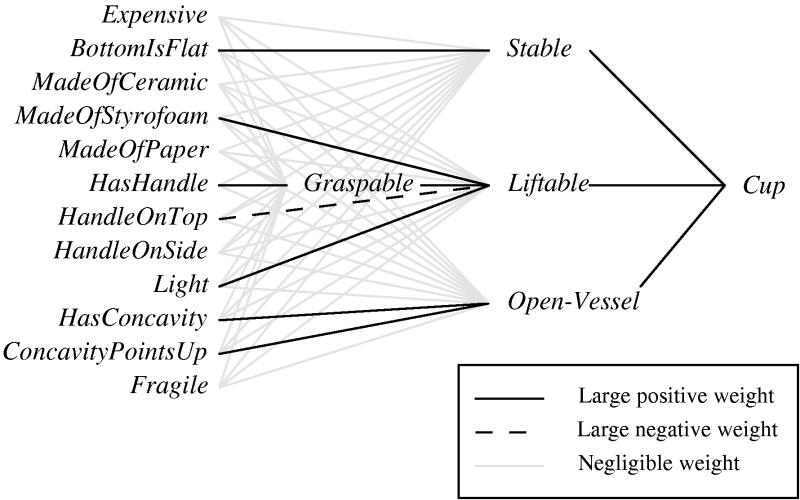
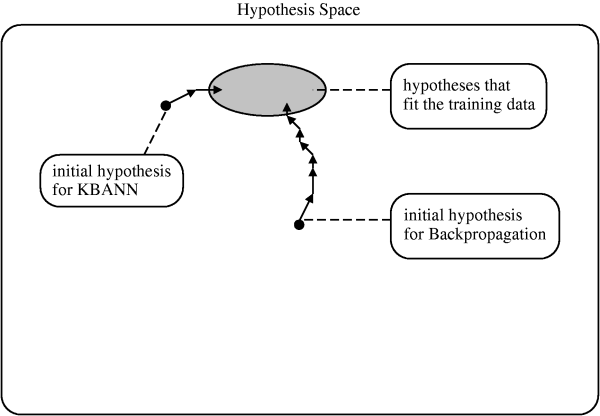
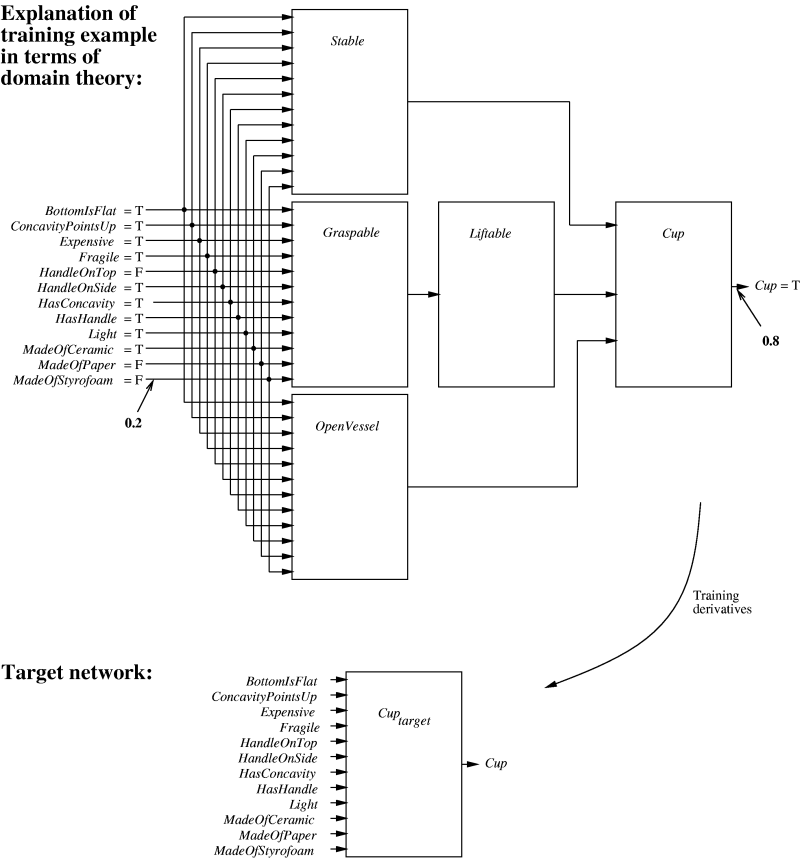
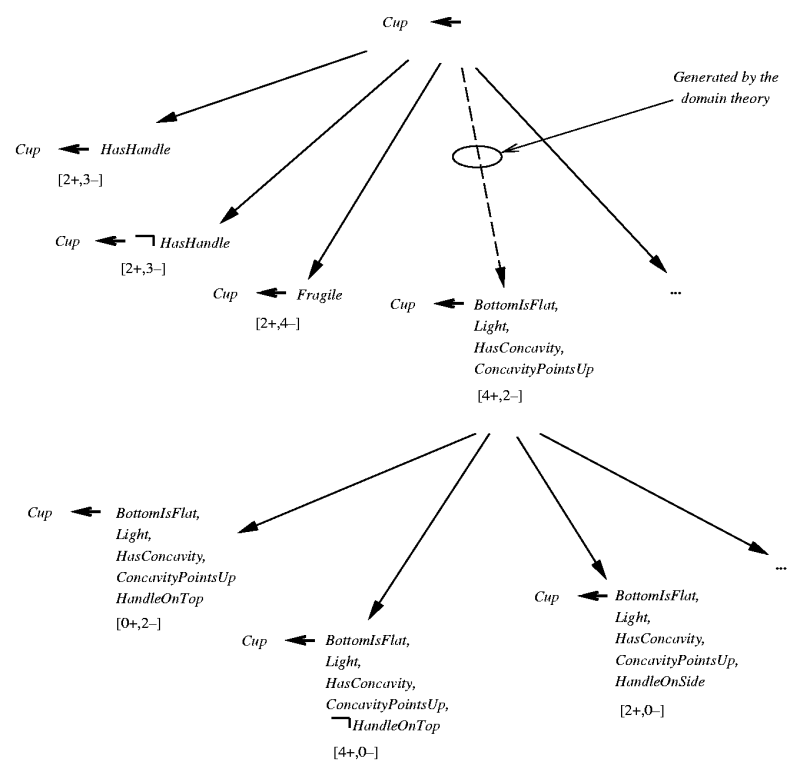
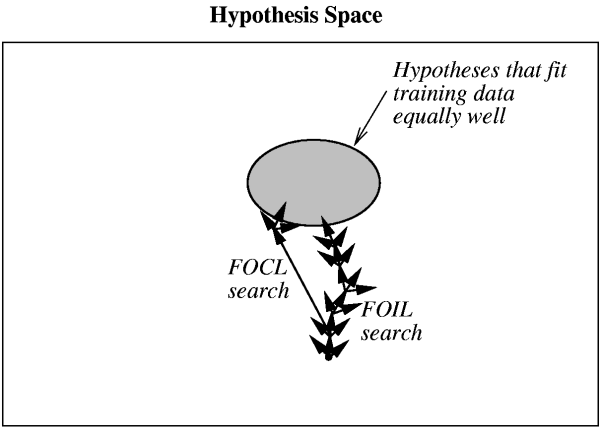
This talk available at http://jmvidal.cse.sc.edu/talks/indanalytical/
Copyright © 2009 José M. Vidal
.
All rights reserved.
17 April 2003, 12:26PM